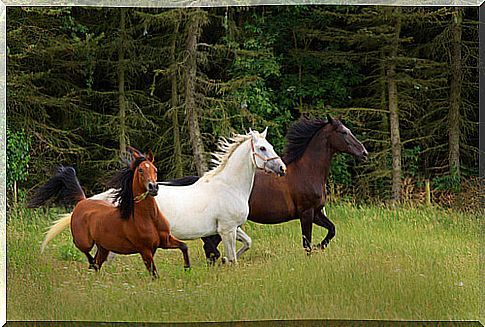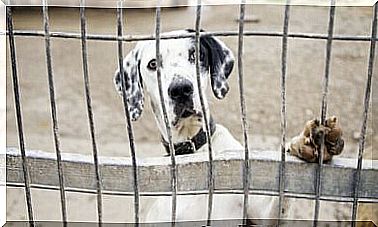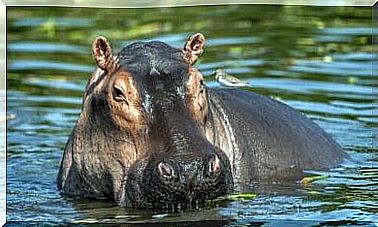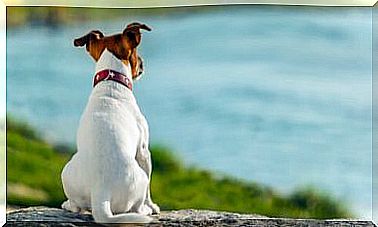Risk-free Horse Shoeing

Horse shoeing activity is a defining moment in determining the animal’s future performance. A procedure performed improperly can cause a lot of pain and damage to health. That’s why it’s so important to opt for a serious professional and plan the operation beforehand.
Wild horses can walk, gallop and live normally on their “raw” hooves. The wear and tear of permanent use is enough to keep them trimmed and to ensure the stability of the body.

However, when an animal is removed from its natural habitat, it represents changes in its lifestyle. Domesticated horses need to undergo shoeing and periodic maintenance of the shoes. All to protect your legs and improve your performance when moving.
The technique used during shoeing horses is complex and requires specific knowledge. It is advisable to seek the help or guidance of a professional blacksmith before taking this risk.
How to guarantee the risk-free shoeing of horses?
As we said before, the first key advice is to choose a qualified professional for placing horseshoes. A blacksmith’s experience is essential to ensure the proper shoeing of a horse.
However, there is a previous step that every owner should be aware of. The animal must be previously tamed to prepare it for the shoeing procedure. Many blacksmiths are experienced, but horses have their own quirks. Also, it may be more difficult to place horseshoes on adult animals.
the arrival of adulthood
An adult horse already has a more solid temperament and it is harder to deal with it or disguise the risk of a totally unknown situation. Most of the accidents that occur during the shoeing occur with older animals.
Regardless of when the stinger happens, the ideal is that the animal is domesticated from a youngster. This is the stage in life when a horse learns to live together and control its instincts to obey the orders of the rider or rider.
It is recommended that the owner or person riding the animal actively participate in the horse’s domestication process. The animal must learn to recognize and respect its leader. Thus, generating a relationship of trust that will serve as a basis for ongoing training and the development of activities.
There are several training methods used by trainers who specialize in equine behavior. The basic objective is to encourage the animal’s ability to learn, leading it to shape its behavior and respond positively to its leader’s commands.
An experienced blacksmith knows how to position himself correctly and demonstrate his leadership. Otherwise, the animal considers that it is in control of the situation and that it can act in a way to evade or make its will prevail. This is the most common cause of accidents when shoeing a horse.
The technique that blacksmiths use most often to control the animal is to force it to perform movements that are not exactly to their liking. Most make the horse walk backwards. Of course, this requires skill and patience, never violence.
When the animal demonstrates its submission (usually with relaxing mouth movements), the practitioner can proceed normally to begin the shoeing.
How to know if the shoe was done well?
In principle, prevention should be sufficient to ensure a good shoeing of the horse. Therefore, you should choose a good blacksmith, use appropriate materials and shoes for the animal, and prepare it beforehand for the shoe.

Usually, the symptoms of an improper shoe appear quickly. Basically, because a poorly placed horseshoe does not provide balance for the animal and its walking starts to become inadequate.
When a shoe is done well, the animal’s feet are clearly balanced at the same height. In addition, the horseshoe must be aligned with the hoof and centered on its axis, which usually coincides with the frog.
In very rare cases, when preventive measures are not taken, the animal ends up injured in the operation and may present health problems. In such cases, it is essential to consult a trusted veterinarian immediately.
To prepare properly for shoeing a horse is to invest in a better quality of life for the animal and preserve its valuable skills.
Main image source: Lamuga.








